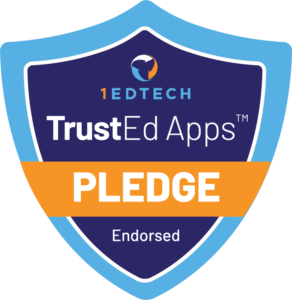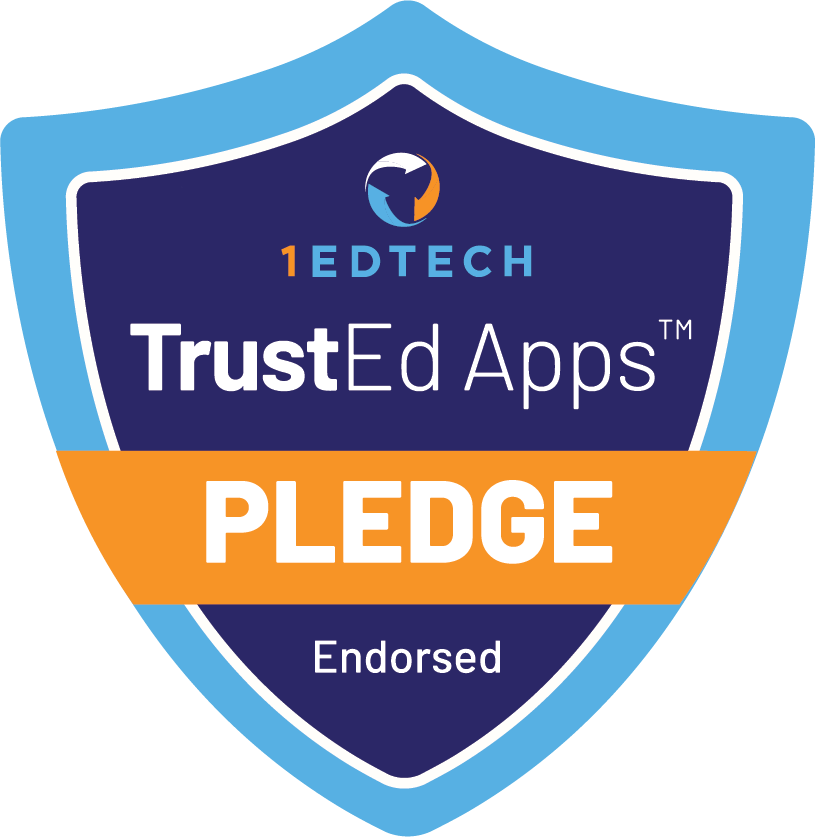Understanding the career interests of your student body is crucial to creating a successful and engaging Work-Based Learning (WBL) program. By gathering and analyzing data, promoting the program effectively, grouping students based on their career aspirations, and connecting them with relevant employers, schools can provide students with meaningful experiences that prepare them for future careers. Proper recruitment, preparation, and matching of students with employers ensure that the WBL program meets both student needs and industry demands, fostering a strong foundation for career readiness and success.






